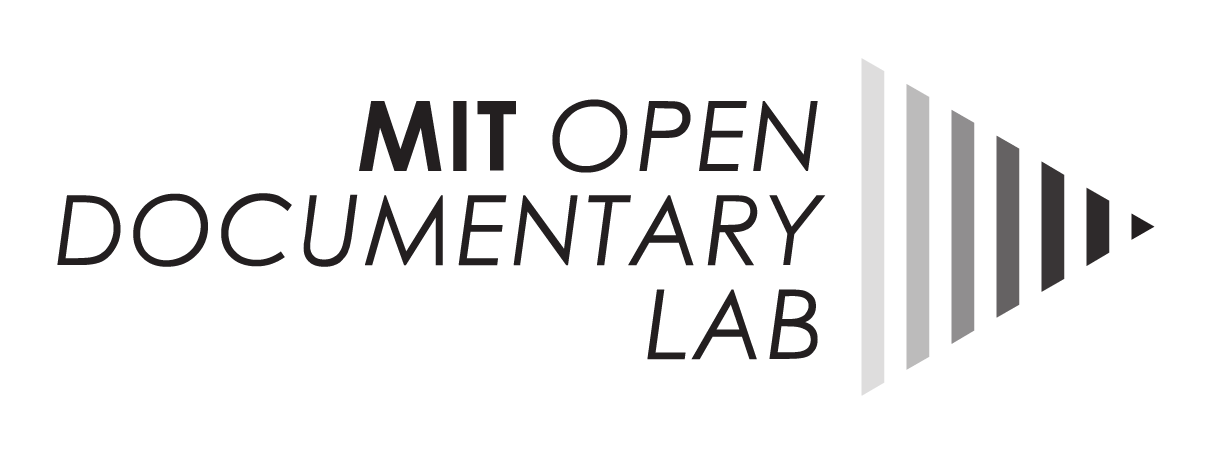25 Mar ODL Fellow Fabiano Mixo on his AR project and MIT & BPM Fellowship
 Fabiano Mixo is a Brazilian artist, filmmaker, and the second recipient of the MIT & Black Public Media Fellowship, hosted by MIT Open Documentary Lab (ODL) and sponsored by MIT Center for Art, Science, & Technology (CAST). Mixo will use the MIT & BPM Fellowship to develop Meshmemories, an augmented reality (AR) portrait of Beatriz Moreira Costa, known as Mãe Beata de Iemanjá, who was a Brazilian writer, activist, and religious leader. Mixo, who grew up on the outskirts of Rio in the same city where Mother Beata was based, was drawn to her significant social justice record, which focused on HIV/AIDS education, anti-racism, the environment, religious tolerance, and women’s rights. Read the short Q&A below to learn more about his fellowship experience and project.
Fabiano Mixo is a Brazilian artist, filmmaker, and the second recipient of the MIT & Black Public Media Fellowship, hosted by MIT Open Documentary Lab (ODL) and sponsored by MIT Center for Art, Science, & Technology (CAST). Mixo will use the MIT & BPM Fellowship to develop Meshmemories, an augmented reality (AR) portrait of Beatriz Moreira Costa, known as Mãe Beata de Iemanjá, who was a Brazilian writer, activist, and religious leader. Mixo, who grew up on the outskirts of Rio in the same city where Mother Beata was based, was drawn to her significant social justice record, which focused on HIV/AIDS education, anti-racism, the environment, religious tolerance, and women’s rights. Read the short Q&A below to learn more about his fellowship experience and project.
What first interested you about the MIT & Black Public Media Fellowship?
The fact that the fellowship is focused on documentary filmmaking and the search for new forms of nonfiction. Both are very important to my work. The multidisciplinary approach of the fellowship is another important point of interest for me. This exchange between filmmakers, storytellers, artists, sound engineers – so many different types of knowledge and people gathered together is also very appealing.
What stage is your project in?
Currently, we are at the beginning of the process and researching Mãe Beata’s photographic archive. We are digitizing and sorting through this rich material. The search for pictures is a process of revelations that is happening at the same time as our technical research. We are also experimenting with 3D models of Mãe Beata’s torso. For example, we are testing and prototyping an initial collage of fragments of her personal archive.
What have you learned in the process?
It’s a bit too early to say, as we are still in the research stage. I’m learning a lot about a religious person, a woman that dedicated her life to her beliefs and, along with them, to social and community activism and care. I think the main thing that we are learning is how she kept African culture alive through Afro-Brazilian religion.
What has been your favorite part of the process?
I had been in touch with her son remotely for months and was finally able to visit him in person. Visiting her temple and spending time with the people who work and live there, with Mãe Beata’s son, friends… There’s also a connection between the temple, the photos, the woman, the people, and the space itself. Discovering and recovering things, that has been the most exciting part of the process for me.
Why is this story important?
To me, this is the most important question. It reminds me of a song that Miriam Goldschmidt sang often, which is in my previous work, Woman with Mandolin. She learned it from an actor friend, Malik Bagayogo, who was from Mali, and she sang it to keep alive the memory of her ancestry. Likewise, this project is also about gathering lost fragments of the African diaspora. As such, it’s also important to present the story to an international audience and to Black communities around the world, to keep our memories and culture alive.
Why did you decide on augmented reality to tell this story?
This is a tricky question. Who decides what and when? Sometimes the language and the form come first, just as you look at the person who is going to be your subject. Sometimes they just ask for a specific language or medium. It’s difficult to say. Somehow, it was also decided both by other artists’ works and my own work with XR. There is a sense of sculpture in 3D and AR, just the kind of virtual concreteness I was looking for.
What has your experience been of the MIT-BPM Fellowship so far?
It’s been amazing and inspiring to be a part of a community of people seeking knowledge, looking for different ways of doing things, new forms and new narratives, new technologies. For me, the meetings have been the most important, both personally and in relation to the project. Just being able to exchange experience and knowledge. During the workshops,I have been fascinated to see how my work relates to others.There is this sense of building something together.



